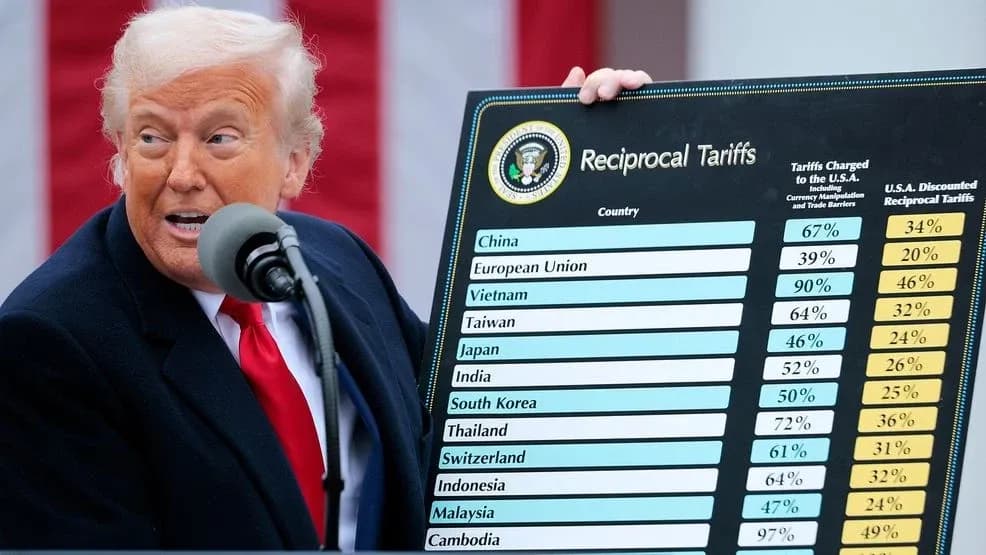Understanding Trump's 'Liberation Day': A Comprehensive Look at the Tariff Timeline and Future Expectations
President Donald Trump is set to announce a new round of tariffs during his “Liberation Day” event on Wednesday at the White House. This tariff program is expected to significantly impact U.S. trade relations, applying duties to every major trading partner in response to various international trade policies.
Nov. 5 – Trump's First Day Tariff Vow
On November 5, following his reelection, Trump committed to imposing import tariffs on the U.S.'s largest trading partners from his first day in office. These tariffs were aimed at curbing the influx of illegal substances and migrants across neighboring borders. Trump announced a 25% tariff on all products from Canada and Mexico, emphasizing his intention to tackle the flow of drugs into the U.S.
Feb. 1 – Implementation of Steep Tariffs
By February 1, Trump escalated the trade measures with a 25% tariff on Canadian and Mexican imports and a 10% tariff on goods from China. The impact was immediate, with Canada and Mexico responding with their own tariffs against U.S. goods.
To understand how these changes might affect logistics, view data on container movements to the U.S. via our Inbound Ocean TEUs Volume Index.
Feb. 10 – Steel and Aluminum Tariffs Announced
A significant development in early March was the announcement of a 25% tariff on all steel and aluminum entering the U.S. Trump enforced this tax to bolster domestic manufacturing, despite Europe's retaliation with duties on U.S. goods.
March 3 – Increased Tariffs on China
In March, a further 10% tariff was imposed on Chinese imports, pushing their total to 20%. This measure was part of the administration's strategy to press China on drug import regulations, with repercussions felt across global supply chains.
Businesses requiring guidance on adapting to these shifts can find resources in our [Help Center](Help Center).
March 24 – Tariffs on Venezuela Oil Importers
On March 24, executive orders were signed to impose a 25% tariff on imports from countries purchasing oil from Venezuela. This was part of a broader effort to influence Venezuela’s political landscape and respond to hostility.
As trade strategies evolve, stay updated with real-time insights from our logistics experts by visiting the SONAR platform.
The 'Liberation Day' events mark a pivotal moment in U.S. trade policy, shaping international relations and domestic industrial landscapes alike. As these policies unfold, their full impact on global commerce and bilateral ties continues to be closely monitored.


